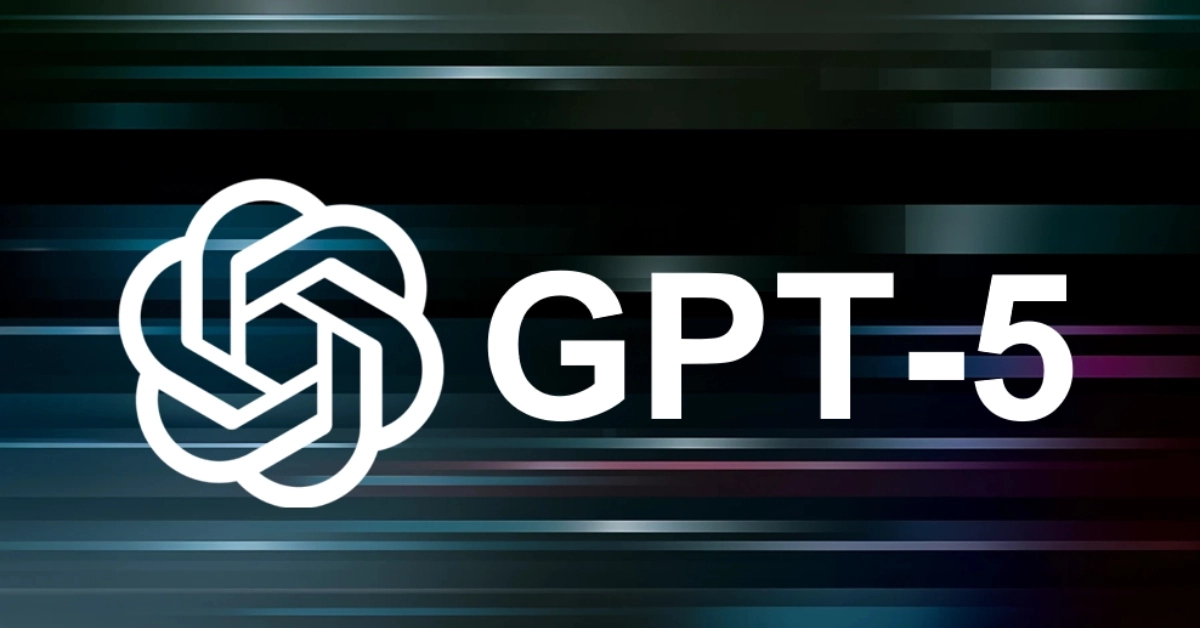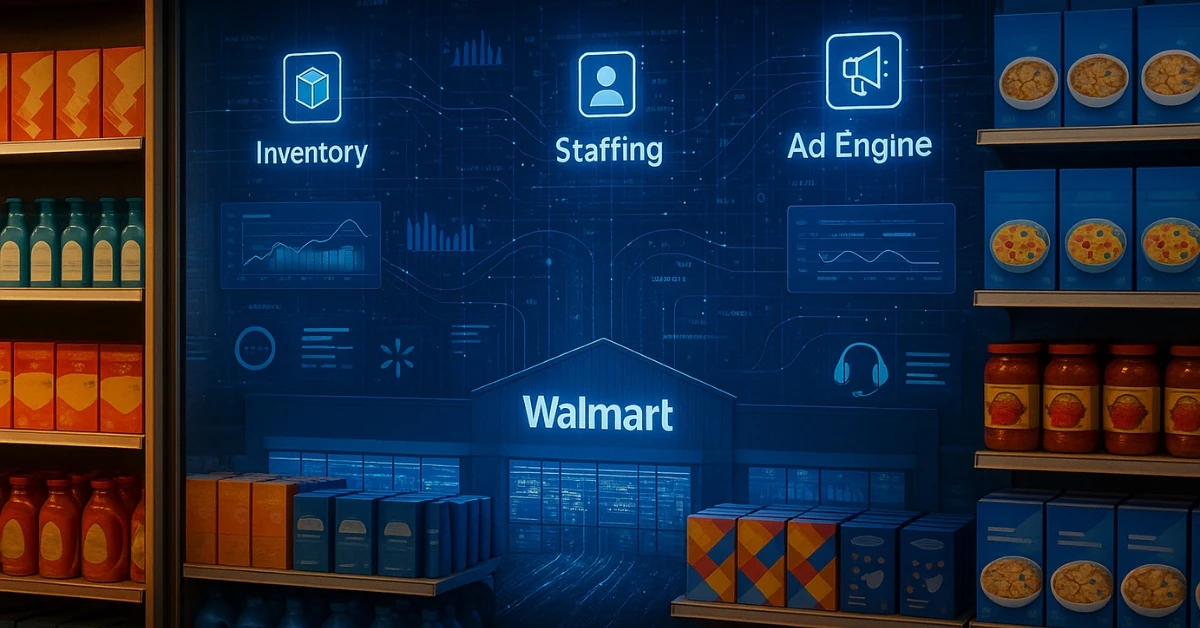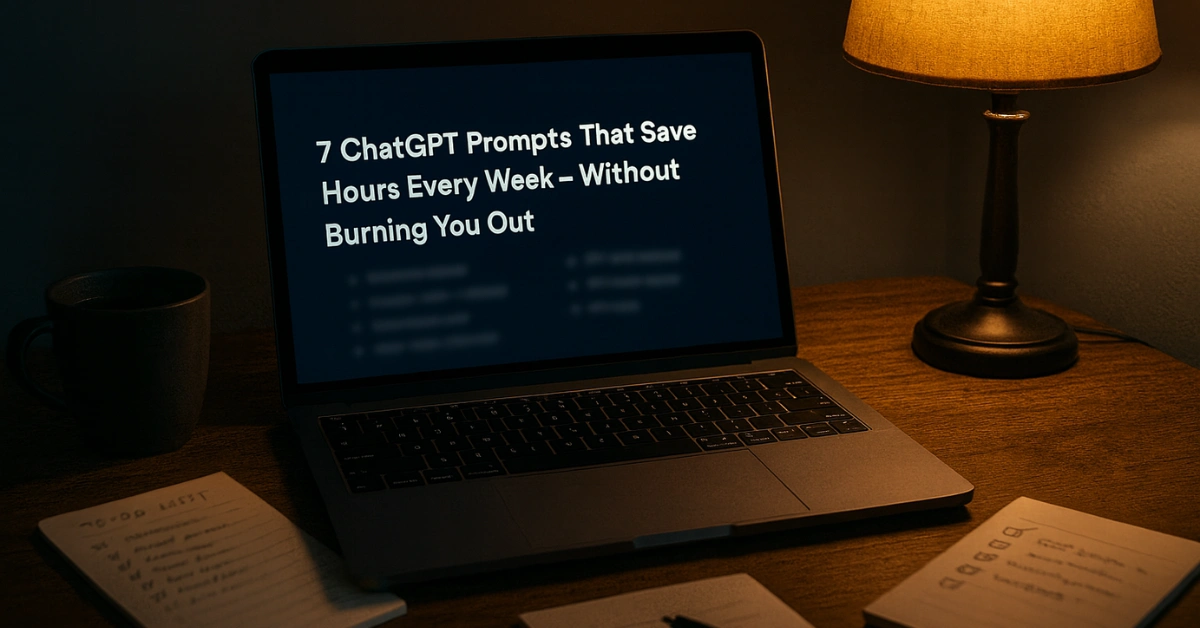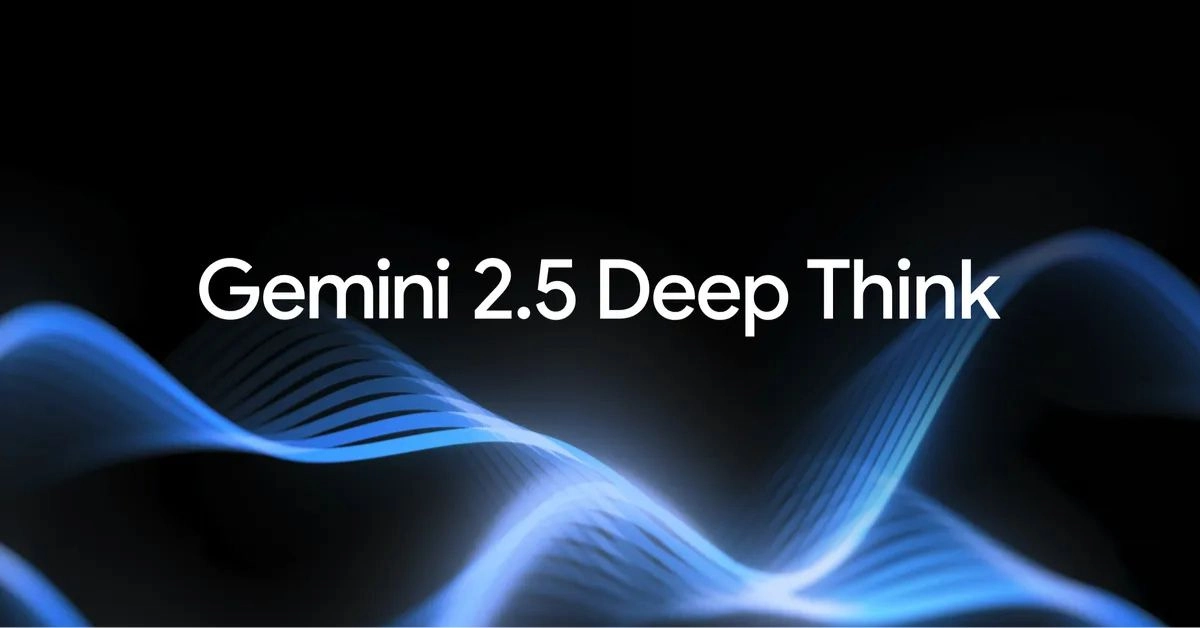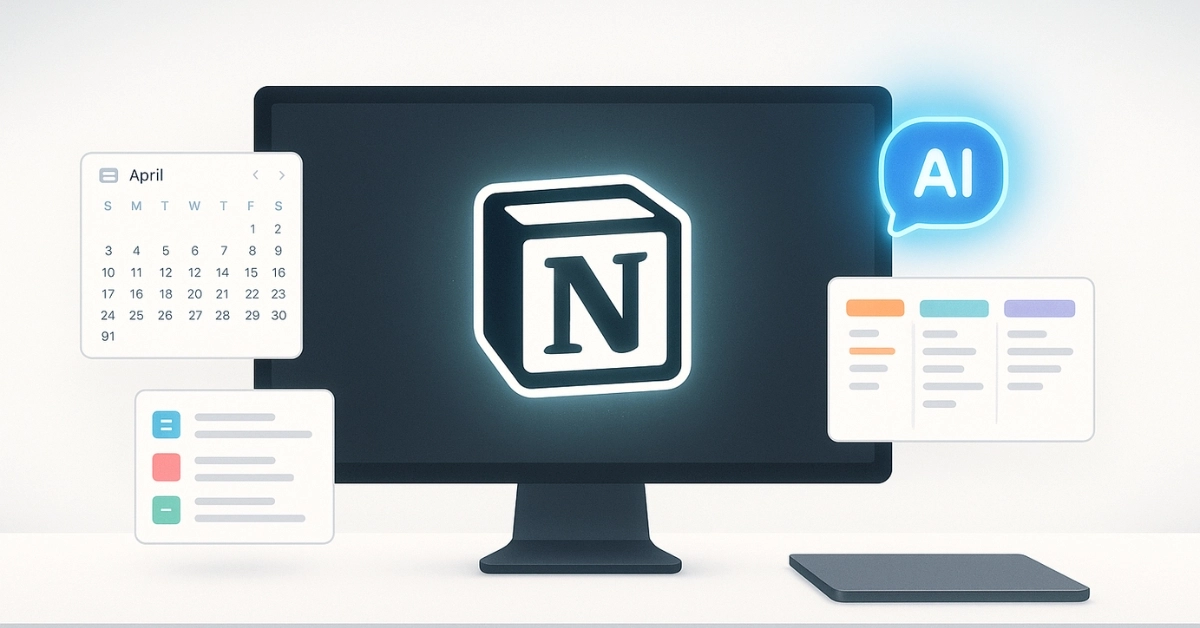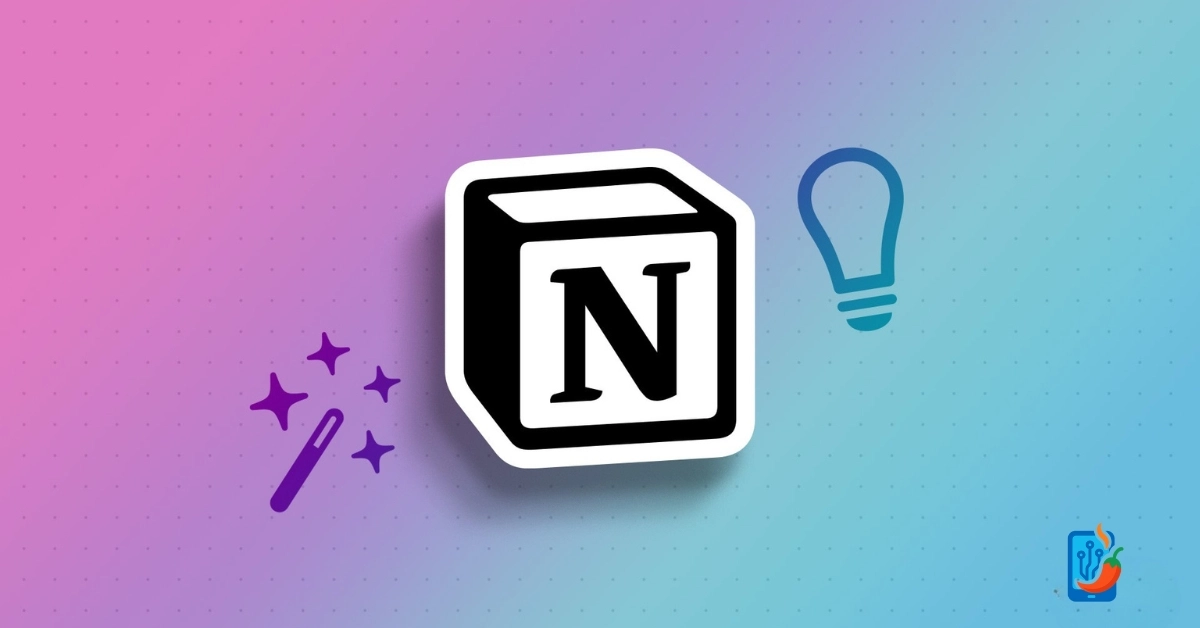By Mohit Singhania | Updated: June 24, 2025
Picture this: You’re at your local kirana shop, groceries in hand. You scan the QR code to pay — just another quick UPI transaction, right?
But this time, it’s different.
You get a screen that looks like Google Pay. You hear the familiar “Payment Successful” chime.
And yet, your money? Gone.
Redirected. Stolen.
All thanks to a fake QR code and an AI-generated payment screen that faked reality so well, it fooled your instincts.
Welcome to the future of cybercrime.
And now, meet India’s first line of defense: the Google Safety Engineering Centre (GSEC) — a high-tech command post that just landed in Hyderabad. (Sources)
What Is GSEC, Really?
Think of it as Google’s AI war room — the first of its kind in Asia-Pacific, created to fight AI-generated scams, deepfakes, QR fraud, and digital manipulation. It’s not just about patching things after attacks. It’s about preventing scams before they ever reach your screen.
Why Hyderabad? Why Now?
Because India is no longer just the world’s IT backend — it’s the new digital frontline. And Google knows it.
With cyber threats exploding — deepfakes, phishing links, scam calls — Hyderabad offers:
- A powerful tech ecosystem
- Government support from CM Revanth Reddy
- A young, skilled talent pool ready to build India’s digital shield
- The perfect launchpad for India-first, global-next security infrastructure
Revanth called it a big win. But truth is — this is India’s tech independence day in disguise.
What’s Cooking Inside GSEC Hyderabad?

This isn’t some ceremonial ribbon-cutting. This is Google deploying cyber artillery, building tools to:
- Detect scammy UPI behavior before you press ‘Send’
- Flag deepfake investment reels and AI-cloned job scams
- Block fake overlays and mimic UIs built to look like Paytm or GPay
- Understand scam patterns in Telugu, Marathi, Hindi, Bhojpuri, and more
“The launch of our Google Safety Engineering Centre (GSEC) in Hyderabad is a critical step in building a secure and responsible AI future for everyone, not just the digitally savvy.”
— Royal Hansen, VP of Privacy, Safety, and Security Engineering at Google
It’s not just tech for metros — it’s cyber safety for Bharat.
How GSEC Protects You, Silently
- Scans shady QR redirects in real-time
- Detects suspicious voice calls mimicking legit helplines
- Flags fake UPI pages — even ones that look real
- Learns how scammers operate — and beats them at their own game
All without you needing to lift a finger. It’s Iron Man’s J.A.R.V.I.S., but desi and deadly for digital thieves.
This Hyderabad centre builds upon Google’s Security Charter for India and complements tools like Google Play Protect — which blocked over 2.28 million policy-violating apps in 2023.
In short: the GSEC isn’t just symbolic — it’s a battle-tested node in Google’s global safety grid.
Real People. Real Scams.
A Pune student scanned a QR code at a snack stall. It looked legit. The payment went through. He even heard a success tone.
But ₹9,000? Gone.
The QR led to a cloned payment screen — powered by AI, wrapped in deepfake realism.
And that’s just one case.
CERT-In says AI scams in India are up 180% in the last year alone.
From cloned voices of relatives to fake investor profiles on Instagram — the battlefield is your smartphone.
The ₹20,000 Crore Game Plan
Google’s just getting started. GSEC is phase one of a massive ₹20,000 crore investment in India’s AI safety backbone. Supported by the Google Safety Charter for India announced on June 17.
Coming soon:
- Scam call detectors that warn you before you pick up
- Google Pay filters that stop fraud mid-transfer
- Cyber literacy workshops across towns and colleges
- AI that understands regional trickery and patterns
In short: making India the world’s hardest country to scam.
This builds on Google’s earlier India initiative, DigiKavach — an anti-fraud partner program launched in 2023 to combat online financial scams.
Who’s Behind the Firewall?
This isn’t a room full of foreign engineers on Zoom.
It’s:
- Indian AI scientists
- Ethical hackers
- Cyber lawyers
- Policy wonks
- Language experts
…all building tech that understands us. Our language. Our habits. Our vulnerabilities.
FAQs You’re Thinking Already
Q: Will this help me if I only use GPay?
Yes. GSEC integrates across Google services — from Pay to Search to Chrome — keeping you safe, silently.
Q: Can it stop scam calls and deepfake videos too?
That’s the goal. The centre is actively working on AI-powered detection and intervention before damage is done.
This Centre Is India’s Digital Lakshman Rekha
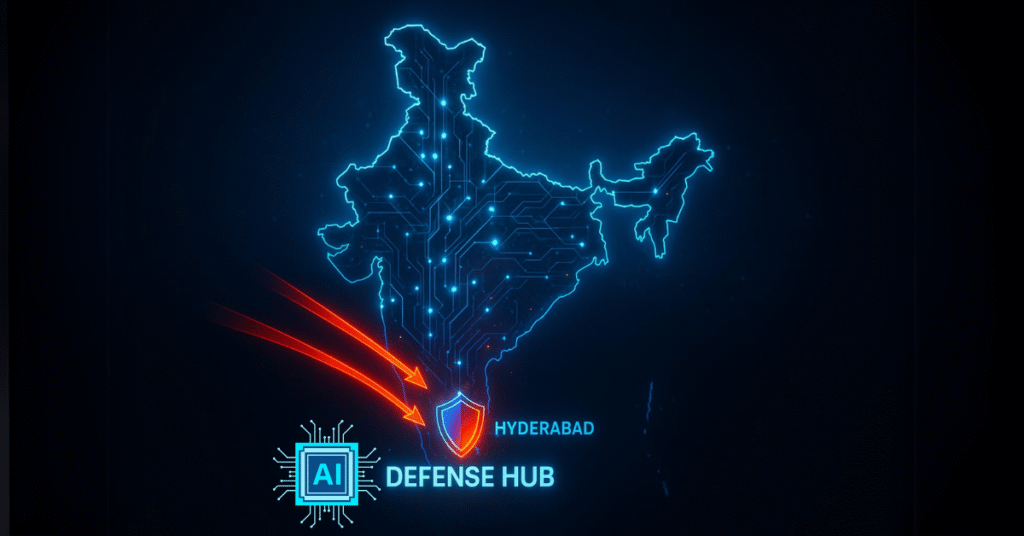
Google isn’t just talking the talk anymore. This is action. Infrastructure. Boots-on-digital-ground.
But let’s be honest:
Is this about safety… or saving face?
Big Tech did help create the AI chaos. But with Google’s AI Principles, it’s also helping clean it up — and India gets to lead the charge.
Why This Story Matters
- Because your phone is now a warzone, and you didn’t sign up for battle
- Because your parents, your friends, your vendors — they’re all targets
- Because this time, India isn’t just part of the problem. It’s part of the solution
So next time you scan a QR, answer a call, or Google a job — remember:
Someone in Hyderabad is making sure your money, identity, and dignity don’t get hacked.
India’s not just logging in.
India is logging in with a firewall.
And it’s about damn time.
Found this article helpful? Share it with your friends and family. Let’s make India scam-proof together.
You May Also Like to Read:
- URGENT! These 20+ Apps on Google Play Are Stealing Your Money — Delete Them NOW
A shocking list of apps quietly robbing users — is one still on your phone? - Top Legit AI Tools You Can Actually Trust in 2025
Not all AI is scary. Here’s your go-to list of safe, reliable AI tools. - How to Spot a Fake Link or Scam Website in 2025
Learn the exact tricks scammers use — and how to beat them.



